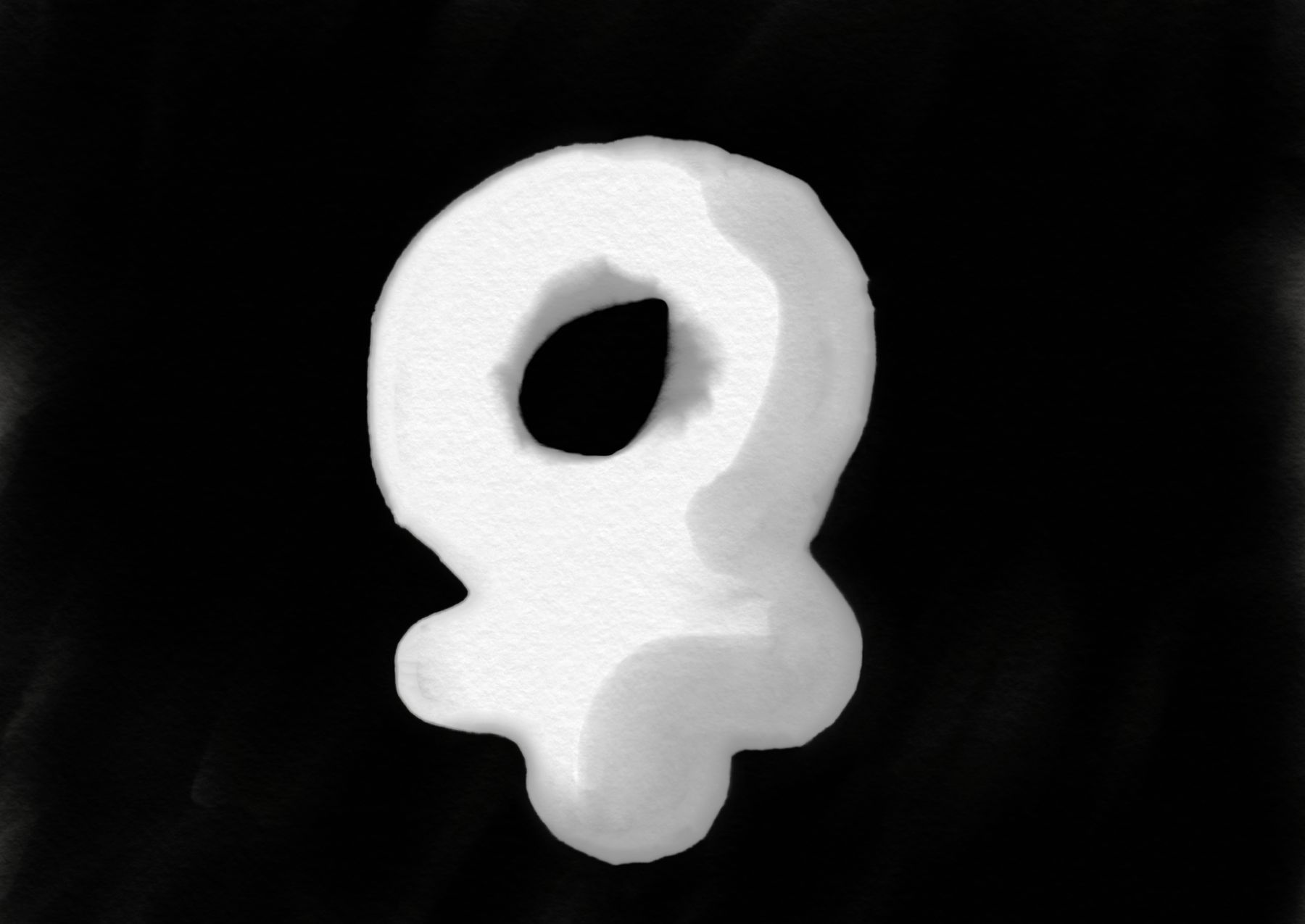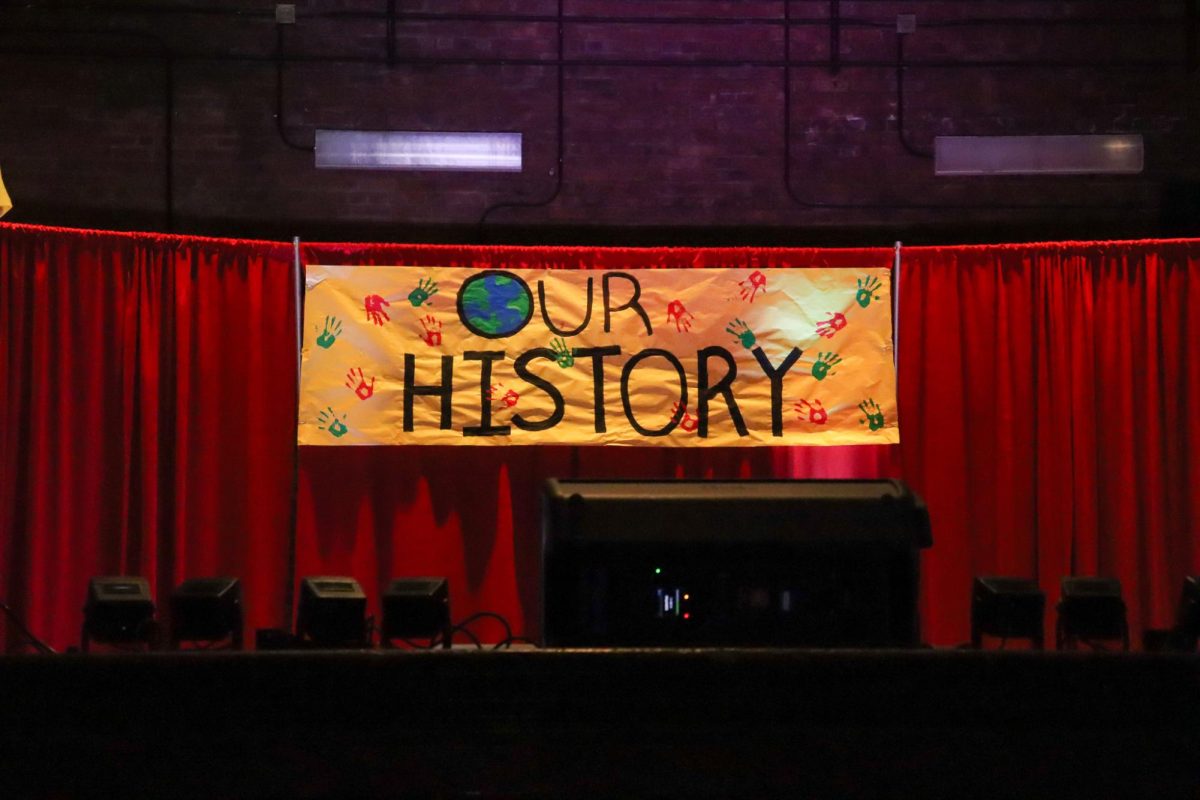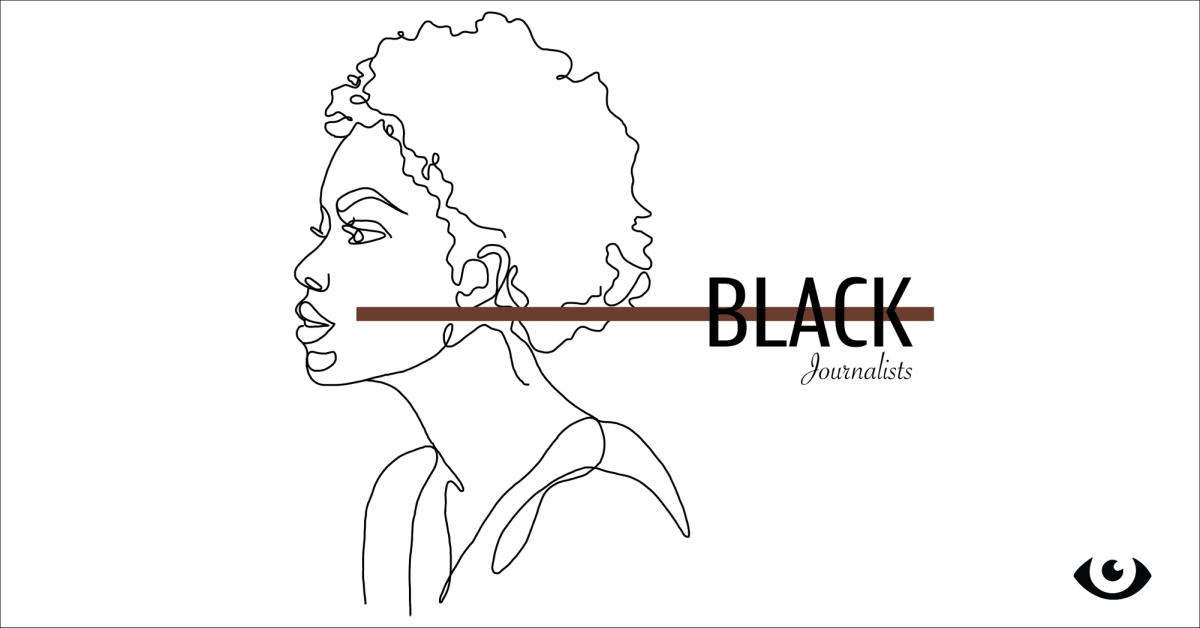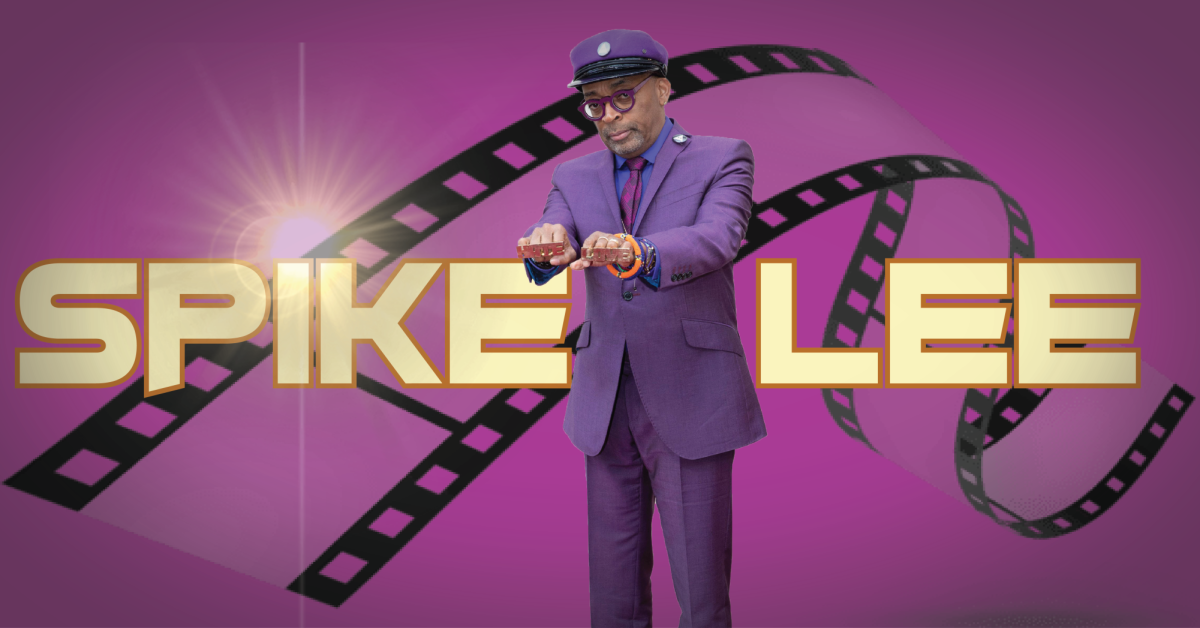Jalyn Farrow (11, J&C) is both female and black. She has experienced her fair share of racism and sexism.
“People call me an Oreo and say that I ‘talk white’ or ‘act white,'” Farrow said.
Those that say she acts white are “surprisingly really close.” Some of her friends have told her that she is “not really black,” the reason being that she “talks proper” and does not use a lot of slang.
Farrow believes it could also be due to many of her friends being white. She lives in the suburbs, and her neighborhood, due to a history of redlining, mainly consists of white people. Even the people closest to her have joined in saying that she acts white, however.
“My own family has called me an Oreo,” Farrow said. “It offends me, but it’s my own family and I know they don’t mean to be offensive, so I usually just laugh it off.”
Sexism has also played a role in Farrow’s life.
When her mother and brother were discussing who would take care of Farrow’s parents when they grew too old, her brother thought she would not be able to help with the cost of care with an advertising career, her preferred profession, as it “doesn’t make a lot of money.”
They did not mean for her to hear, but Farrow heard it as she walked by. Farrow was more directly offended by her mother’s response.
Her mother’s voice chimed in, matter-of-factly. “You don’t know that. Maybe she’ll marry wealthy.”
“Thanks for believing in me,” Farrow said. “Because I totally need to depend on a man to care for me. Because there’s no possible way I could make a decent living on my own.”
“It wasn’t even like that,” Farrow’s mother said. “Everyone knows men make more than women.”
Farrow rolled her eyes and left the room. “That’s how I handle my problems. I exit,” Farrow said. “Of all people, you want your parents to believe in you.”
Farrow’s mother may have been referencing the wage gap. It is generally agreed that women make around 82 cents on the dollar. But this is misleading. CNN reported that white women make 82 cents for every dollar a white man makes. The gap is even larger for women of color. Black women only make 63 cents on that same dollar.
Intersectional feminism realizes that there is a gap for women of color. Stereotypes for both African-Americans and women affect them.
Just as its name implies, intersectionality means that all classism, racism, sexism, ableism and other isms are linked to one another. Classism is often worse for minorities. Fetishism can target disabled females. Racism can play into sexism, as it often does.
Still, this does not prevent the individual from rising above that.
On an individual level, women of color have risen to the top. Black women hit the big screen recently in Black Panther, with Lupita Nyongo’o and Danai Gurira as stunning leads with fighting skills and character depth. Late last year black women from Alabama made the news for turning the vote in Alabama in a Democrat’s favor for the first time in 20 years. Black women have calculated for NASA, won Nobel prizes and have become billionaires.
But these women did not succeed because racism and sexism are no longer issues; they succeeded despite racism and sexism’s continued presence. It exists in the job market. It exists in the halls of high school. It even existed in Farrow’s middle school when she spoke to her now former crush.
Before class started, the blue-eyed boy with a dirty blonde buzz cut argued with Farrow about the gender of her own name.
“Jalyn was a boy name.”
She tried to explain that it was unisex, but he persisted. “Finally he goes: ‘whatever you say Shaniqua.’ And then rolled his neck at me and snapped his fingers,” Jalyn said.
It is not burning crosses and pitchforks, but it was meant to target her identity as a woman of color.
“He tried to argue with me about my name and acted as if he knew more about it than I did,” Farrow said.
What we can do is simple but difficult, uncomfortable but necessary. It is time to talk about sexism and racism the way they are in the real world: as a part of one another. Intersectionally.
“A lot of the issue is coming from people being unaware, untaught, ignorant or unexposed,” Farrow said.
But she turned away, thinking he couldn’t have said what she heard him say. “That’s how I handle all my problems. I exit.”
We cannot run away from this issue. Racism and sexism are both present in 2018, and both make life worse for women of color. We need to handle problems in a different way. No longer can we exit. We need to talk about women of color.




